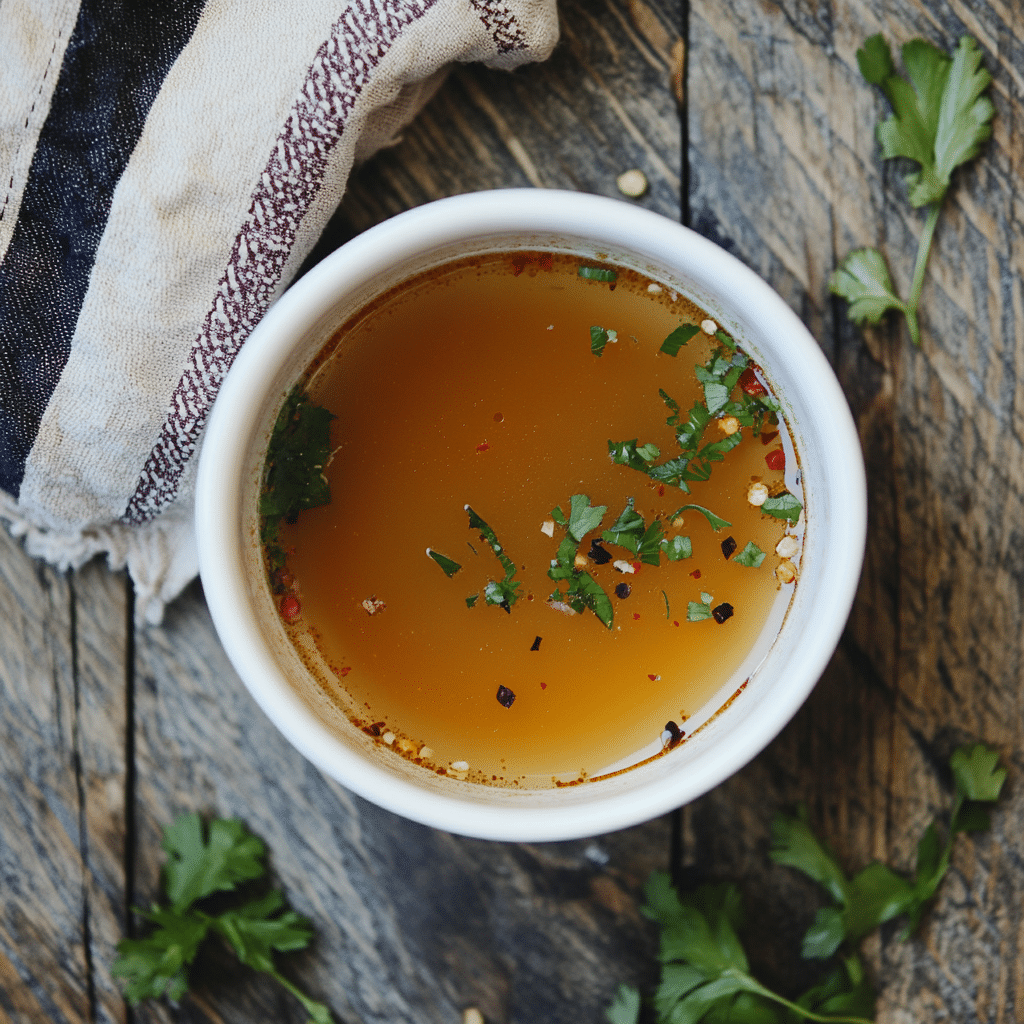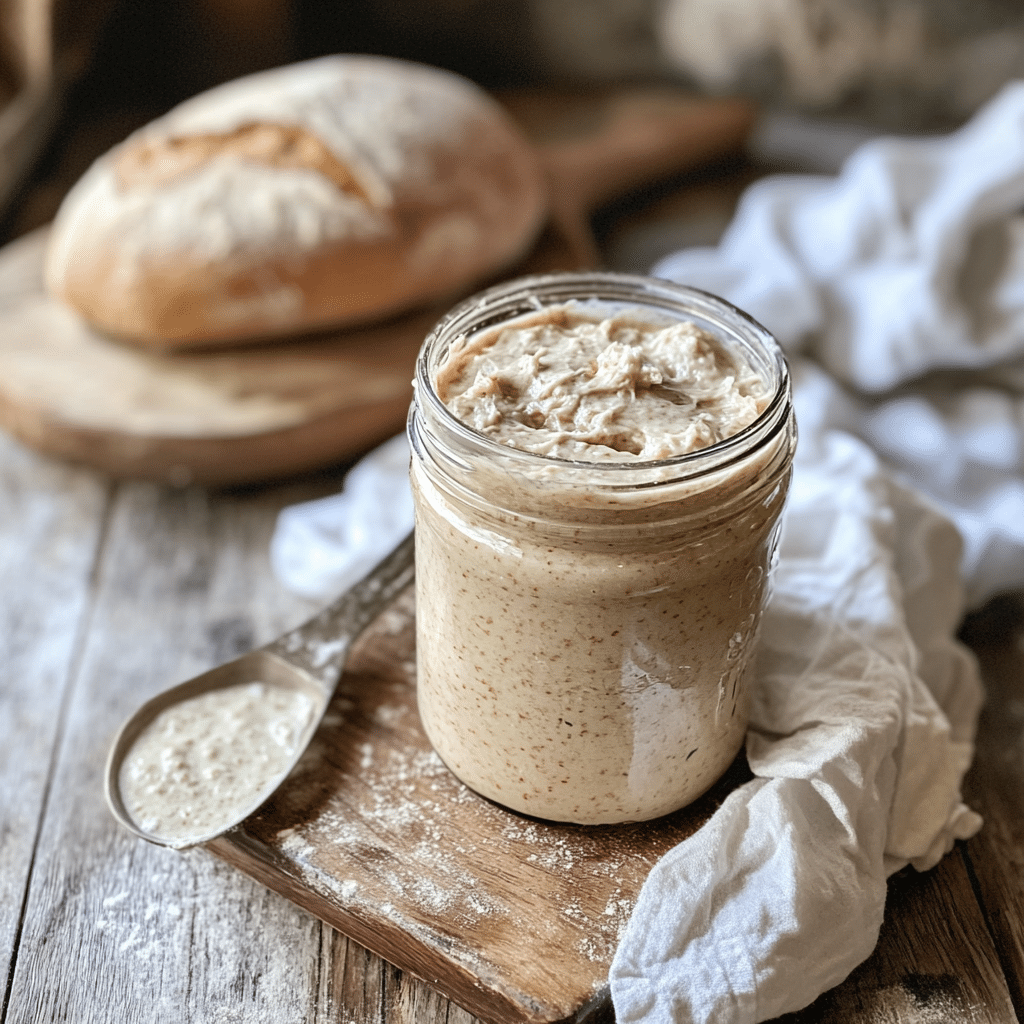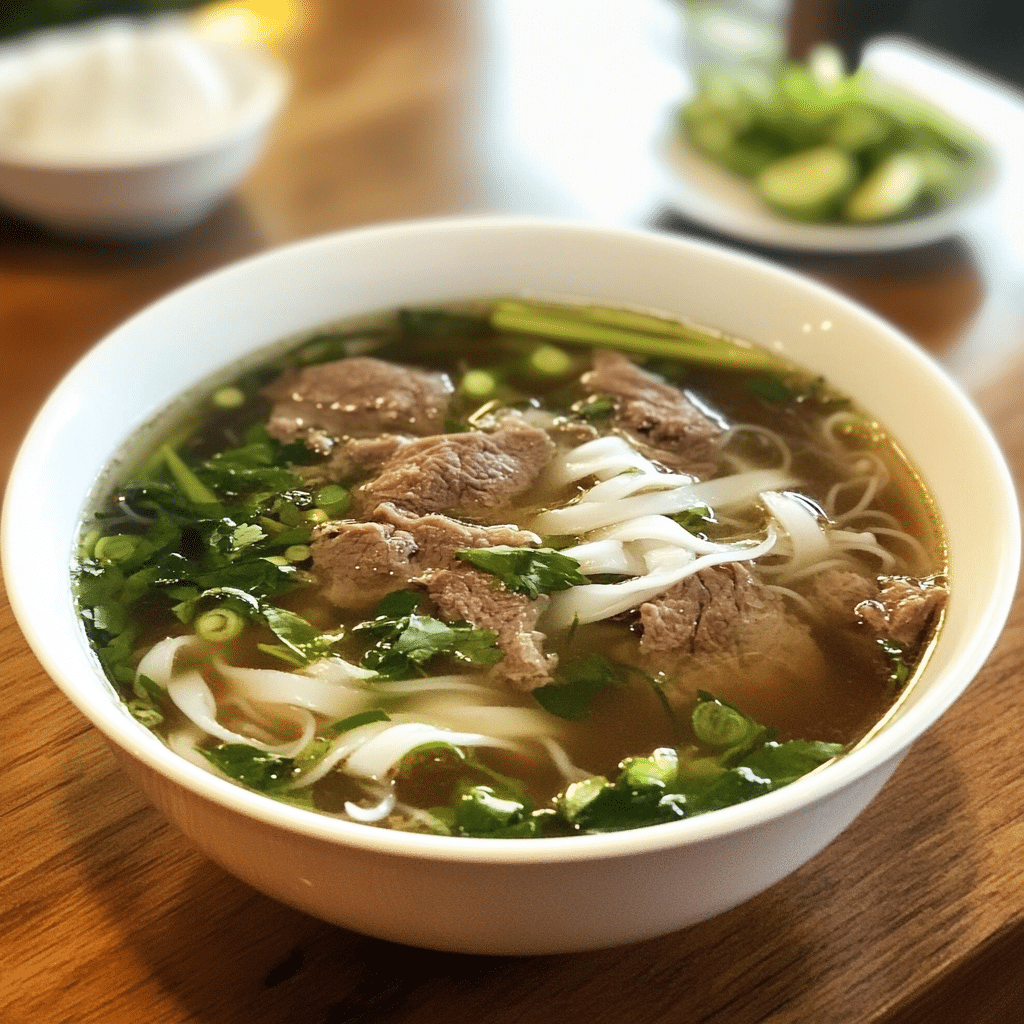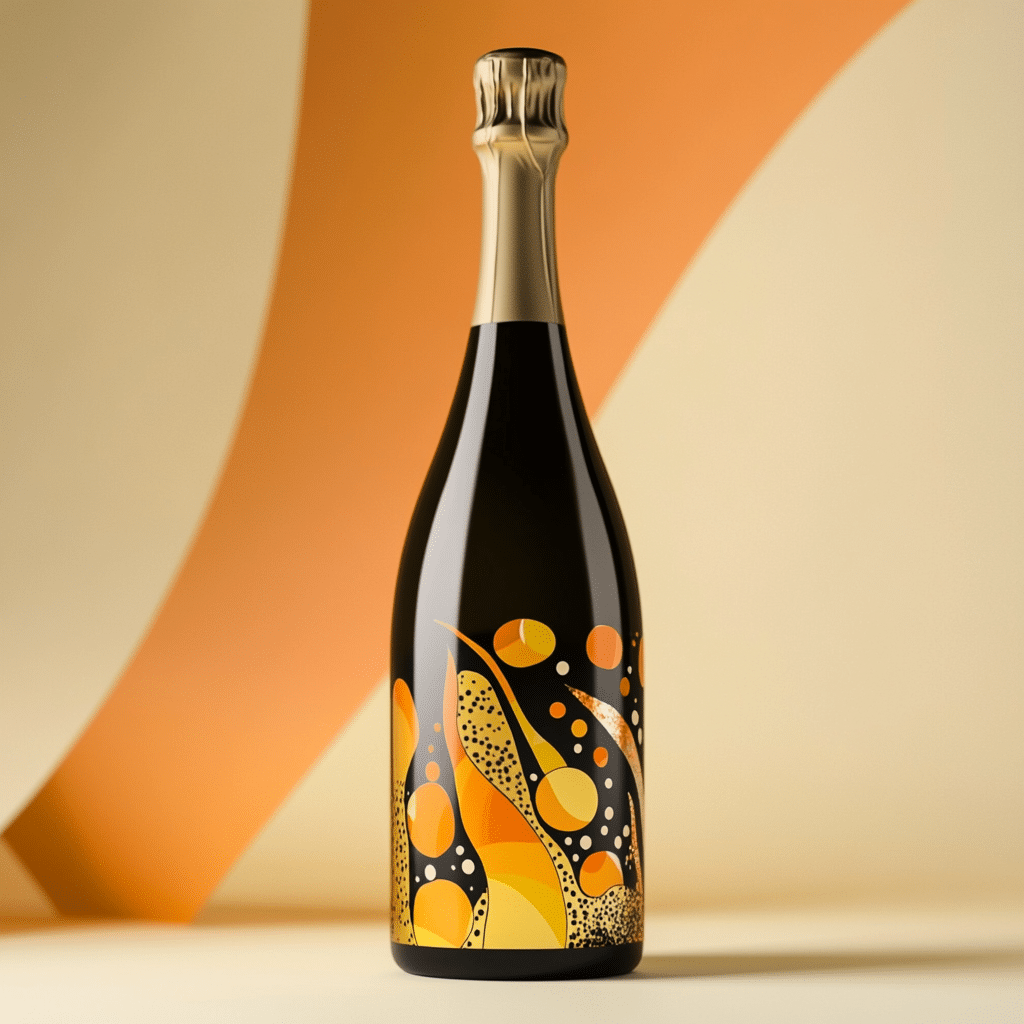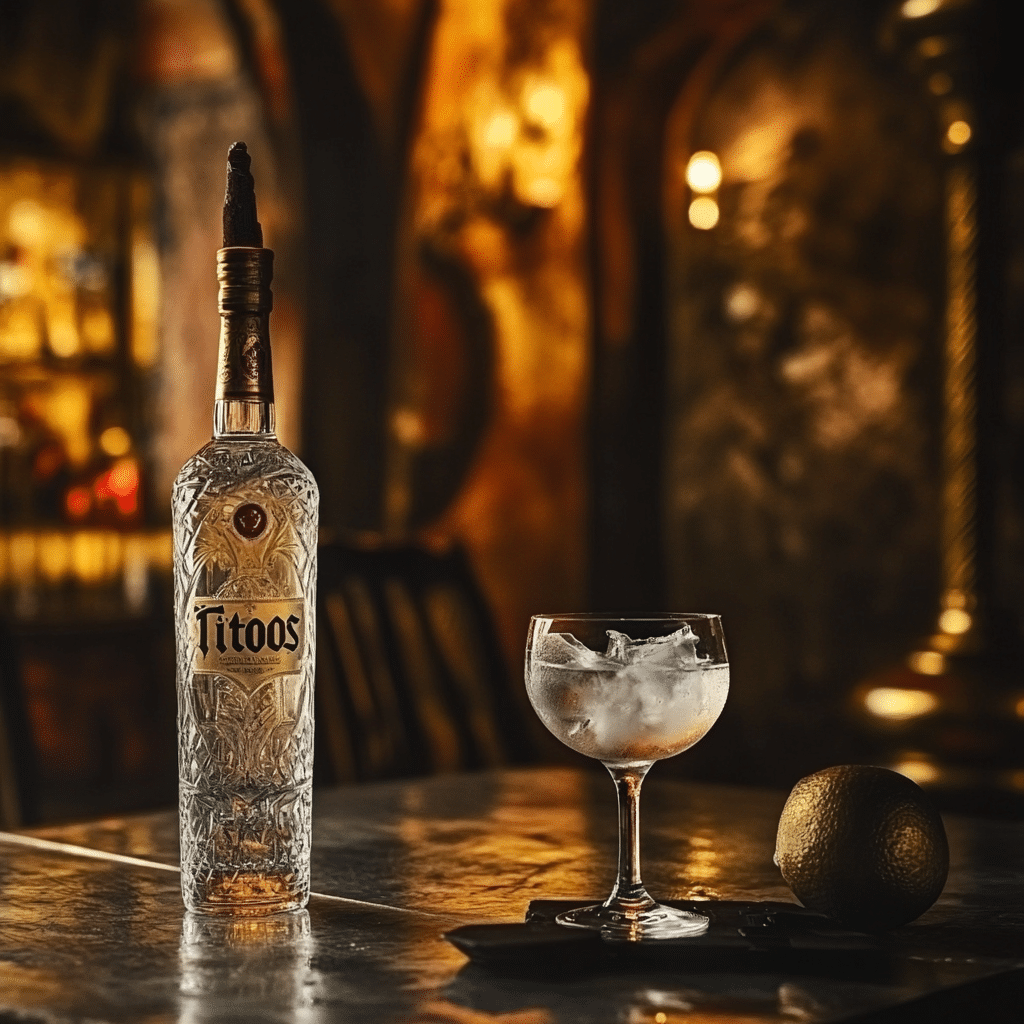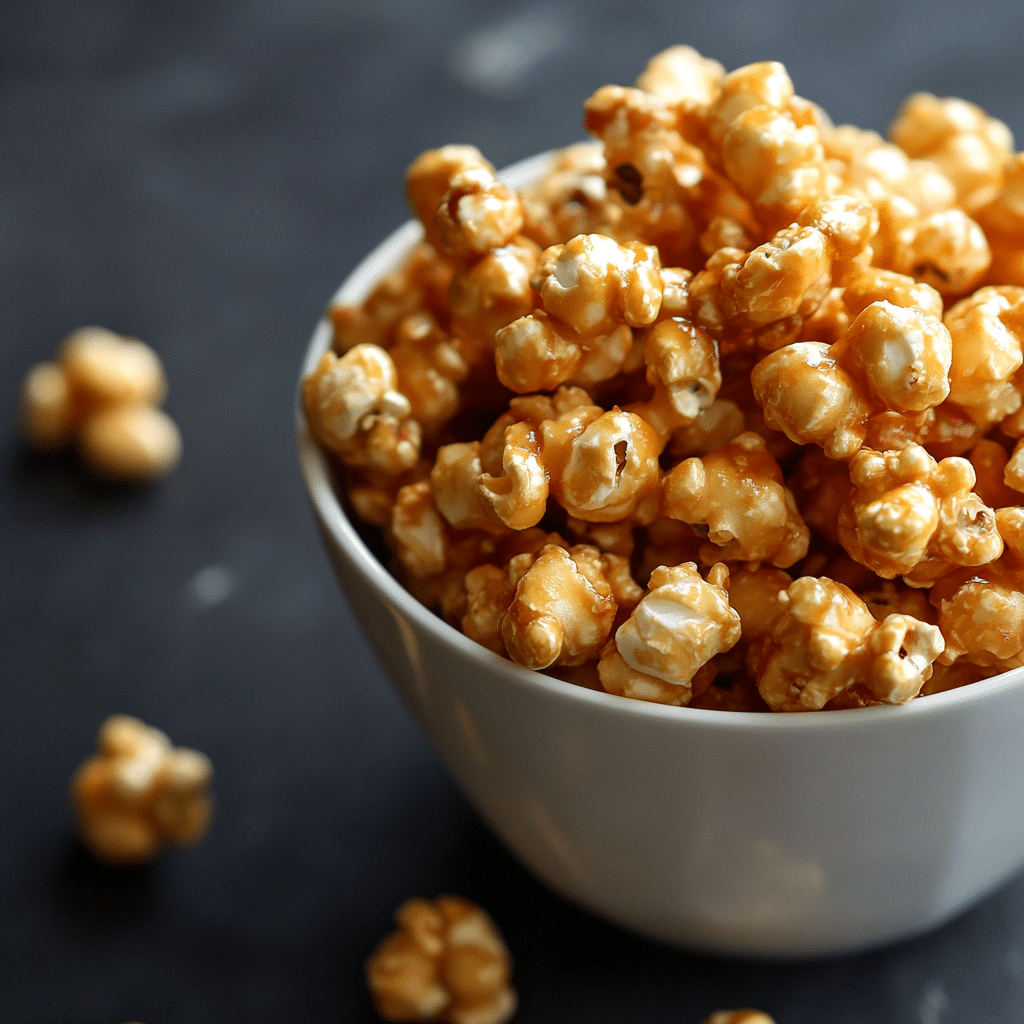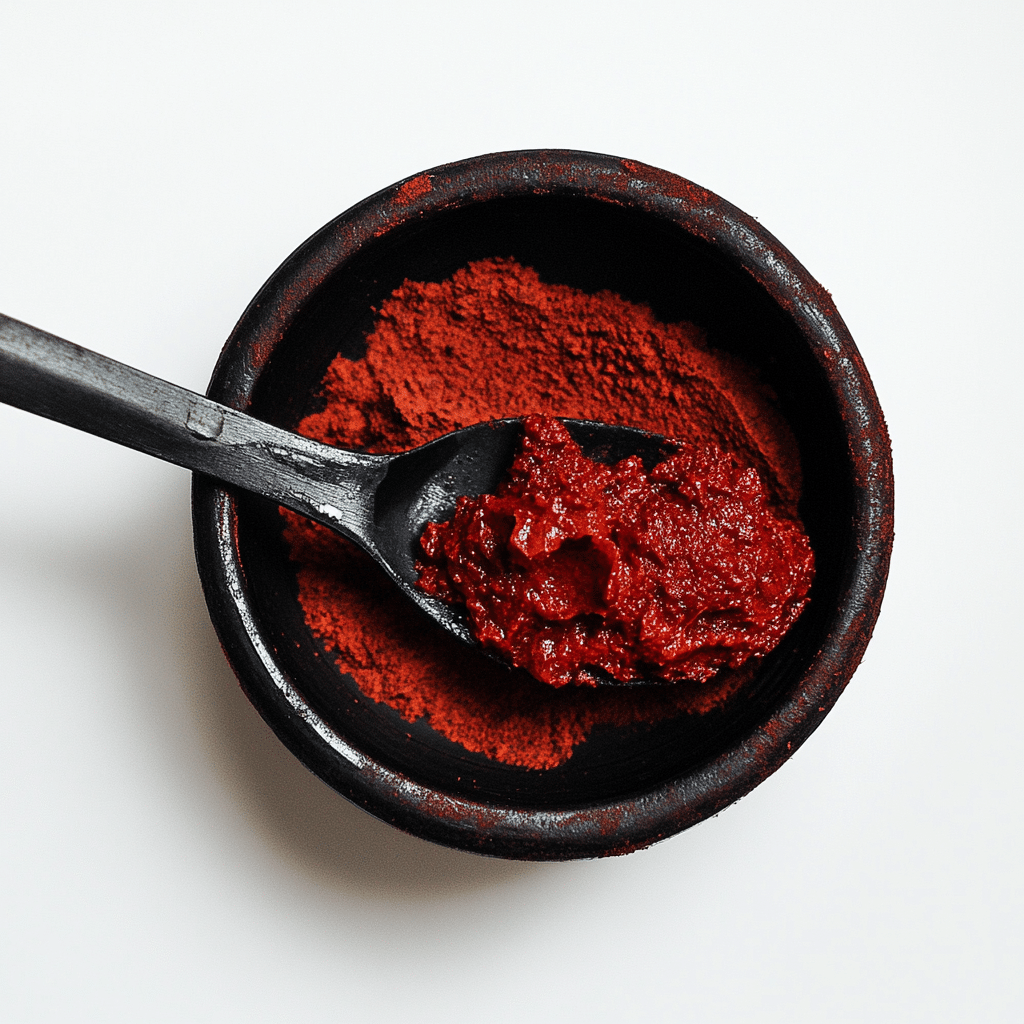
Understanding Maguro: The Heart of Sushi Culture
Maguro, Japan’s prized bluefin tuna, is far more than a simple sushi ingredient. It’s a culinary hero, a cultural icon, and a symbol of both skillful craftsmanship and environmental challenges. When you sink your teeth into a slice of maguro, you experience a taste that resonates with history, technique, and respect for the ocean. Renowned for its rich flavor and buttery texture, maguro has become the star of sushi restaurants around the globe.
But here’s the rub: the overwhelming popularity of maguro has prompted extensive fishing practices that raise important questions. With reports of overfishing, particularly of bluefin tuna, the sustainability of maguro is now under scrutiny. Chefs and restaurants are finding themselves at the crossroads of tradition and responsibility, seeking the best ways to enjoy this magnificent fish while protecting it for the future.
Sourcing high-quality maguro now requires consideration of sustainable practices. Many sushi chefs are embracing the idea of responsible fishing, educated consumers are more aware of their choices, and many restaurants now proudly serve sustainably sourced maguro. In this lively debate between indulgence and conservation, knowledge is key.
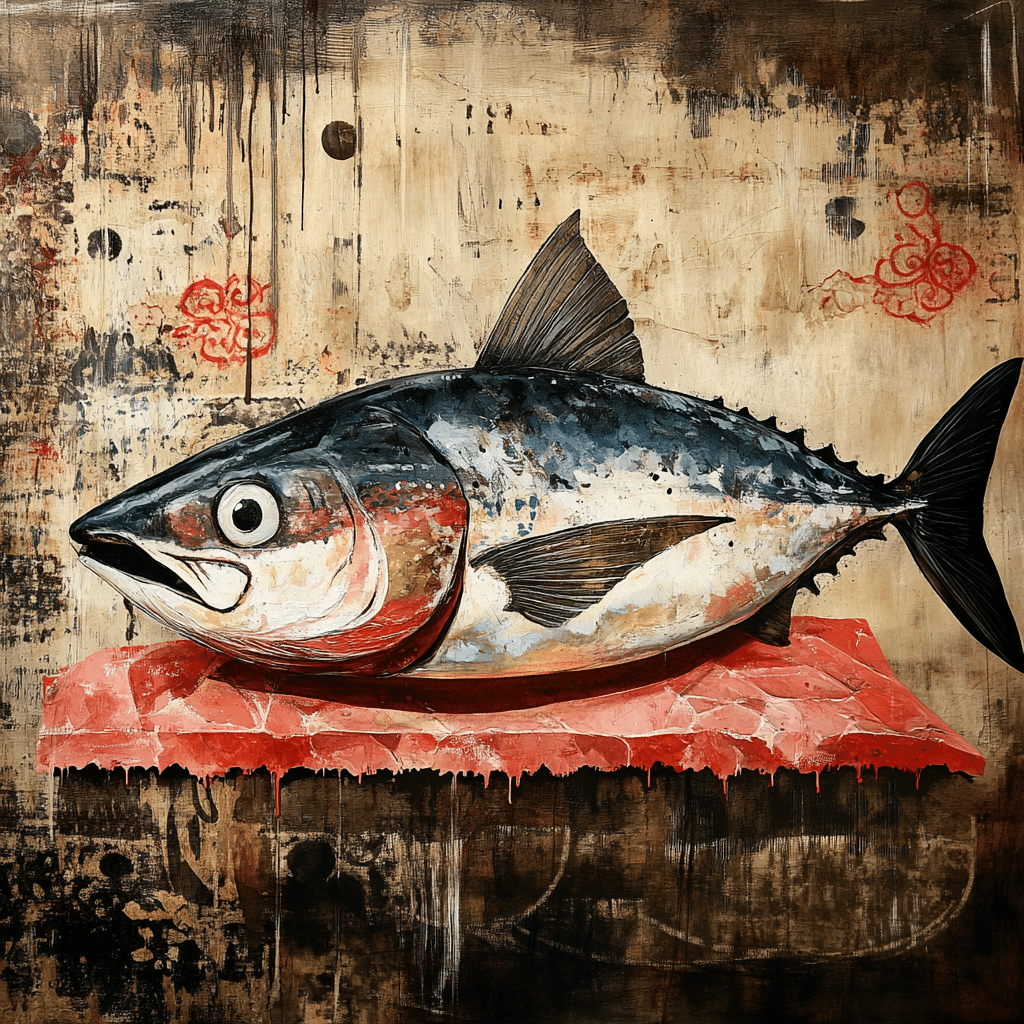
Top 5 Irresistible Maguro Sushi Varieties to Try
The Sustainability Debate: Maguro vs. Seafood Conservation
As the love for maguro grows, so do concerns around sustainability. The bluefin tuna, dubbed “maguro” in Japan, faces serious threats from overfishing. Organizations like the International Union for Conservation of Nature (IUCN) now classify this fish as endangered. It’s a big problem, especially for a beloved cultural staple.
However, not all hope is lost. Many sushi bars are stepping up to adopt sustainable practices. For example, chefs at Sushi zo advocate for using responsibly managed fisheries that allow for the enjoyment of maguro without jeopardizing its future. These efforts create a win-win situation, providing delicious sushi while promoting conservation.
The conversation around sustainability in sushi culture is essential. While purists cling to traditional methods, there’s a growing movement among chefs and diners alike who prioritize the balance between enjoying maguro and ensuring its preservation. It’s a complex debate, but one that’s increasingly gaining traction.
The Nutritional Benefits of Maguro: More than Just Delicious
Not only does maguro tantalize the taste buds, but it also boasts impressive health benefits. Packed with omega-3 fatty acids, it helps support heart health and maintain brain function. Furthermore, this beloved fish is rich in vitamins B6 and B12, which play crucial roles in maintaining energy levels and overall wellness.
Nutritionists increasingly recommend incorporating maguro into a balanced diet, emphasizing its high protein content, low levels of saturated fat, and various health benefits. It’s a tasty way to maximize your nutrient intake while enjoying sushi. The health advantages of maguro make it appealing to a broader audience beyond just sushi enthusiasts.
Knowing the nutritional profile of maguro allows consumers to make informed choices about their meals. Whether you’re a sushi lover or a health-conscious eater, understanding what you’re putting on your plate is vital. Plus, it’s nice to know you can indulge while staying true to your health goals!
Exploring the Styles of Preparing Maguro Across Japan
Throughout Japan, regional styles of preparing maguro offer unique dining experiences. For instance, in Kansai, there’s a strong emphasis on fresh, raw preparations, allowing the pure flavor of maguro to shine. On the flip side, Kanto celebrates slightly cooked styles, adding a layer of depth to the eating experience.
Restaurants like Sushi Saito introduce diners to local flavors, showcasing how preparation methods influence tastiness. The way maguro is cut, treated, and served varies from region to region, illustrating the diversity in sushi culture.
Traveling through Japan, food lovers can delight in the variety of tastes and techniques. This geographic range showcases maguro’s versatility and adaptability, affirming its place as a culinary superstar. Each bite you take tells a story of tradition, geography, and artistry.
Crafting the Perfect Maguro: Expertise from Leading Chefs
Preparing maguro is an art form that demands expertise and precision. Sushi master Jiro Ono, famous from the documentary Jiro Dreams of Sushi, believes in the significance of selecting the highest quality fish and mastering each cut. His relentless pursuit of perfection inspires chefs to reach new culinary heights and hone their craft.
Ono’s meticulous approach has set a high bar for sushi chefs around the world. His philosophy emphasizes that every single slice matters, underscoring the connection between the chef and the fish. This dedication amplifies the appreciation of maguro, aligning passion with exceptional cuisine.
Learning from the experts allows emerging chefs to raise their own skill levels. By focusing on quality and attention to detail, they carry on the legacy of maguro preparation for future generations. Students in culinary schools now look to Ono’s teachings to enrich their knowledge and enhance their skills.
The Future of Maguro: Trends Shaping Sushi’s Signature Fish
Looking ahead, the future of maguro is as exciting as it is complex. Innovations in aquaculture are starting to mitigate sustainability issues. Some restaurants, such as Sushi Katsu-ya, experiment with farmed bluefin tuna as an alternative to wild-caught. This adaptability showcases how the sushi industry can evolve without compromising on flavor.
Furthermore, as more consumers become aware of sustainability practices, demand for responsibly sourced maguro is on the rise. Diners are increasingly interested in supporting restaurants that emphasize ethical sourcing. This shift in consumer behavior is a powerful motivator for the industry to continue adapting to these expectations.
The balance between tradition and preservation is crucial for the future of maguro. With chefs, consumers, and fisheries working together towards sustainability, there’s hope that this magnificent fish will thrive for generations to come. The legacy of maguro, a cornerstone of sushi culture, could continue defining excellence as long as we remain mindful of our impact on the ocean.
In this ongoing quest for delicious sushi and environmental stewardship, the future of maguro lies in our hands. As passionate advocates for sushi culture, each visit to a sushi restaurant offers a chance to celebrate this incredible fish while contributing to its preservation. Together, let’s cherish and respect the majesty of maguro and ensure it remains a beloved staple in our culinary landscape.
Maguro: The Marvelous World of Sushi’s Finest Fish
The Basics of Maguro
If you’ve ever savored sushi, you’ve probably encountered maguro, or bluefin tuna. This prized fish is loved for its rich flavor and buttery texture. Fun fact: maguro can be categorized into several grades based on quality, with otoro (the fatty belly) being the most sought-after and splurge-worthy! It’s a real treat, much like finding that perfect maternity Photoshoot dress that makes your day just a bit brighter.
While many sushi enthusiasts relish maguro, it’s essential to consider the environmental impact of bluefin tuna fishing. Overfishing has made this fish a bit of a conservation concern, similar to how you’d prioritize quality when selecting the best mouse Traps for your home. Knowing where your sushi comes from can help you make informed decisions!
The Cultural Significance of Maguro
In Japanese cuisine, maguro holds a special place, representing freshness and mastery in culinary arts. Sushi chefs often hone their skills for years, much like the careful crafting of a sourdough starter kit to achieve that perfect rise. Interestingly enough, the taste of maguro can change based on its diet. Fish that dine on smaller bait typically taste better, making you appreciate the flavors even more, just as a well-prepared kettle And fire bone broth enriches a comforting dish.
Additionally, maguro isn’t just an exquisite delicacy; it’s also steeped in traditions. One famous preparation is nigiri, where thin slices of maguro artfully drape over vinegared rice. This beautiful aesthetics can easily rival any festive centerpiece at a gathering, highlighting food as not just fuel, but also artistry that brings people together.
Fun Trivia for the Aficionado
Did you know that certain species of maguro can grow as large as 1,500 pounds? That’s a lot of tuna! And with size comes glory—big catches have been known to score astronomical prices at fish markets, leading to intense bidding wars that can remind one of the dynamics of online gaming stars like Projektmelody.
Last but not least, in pop culture, maguro often pops up in anime and food shows, showcasing the affection and reverence associated with it. For fans of adorable child stars, keep an eye out for appearances by Aubrey Anderson-emmons, who may not directly relate to maguro, but can certainly bring a smile with her youthful charm while one indulges in their favorite sushi. So next time you enjoy maguro, remember it’s more than just fish—it’s a whole experience!

